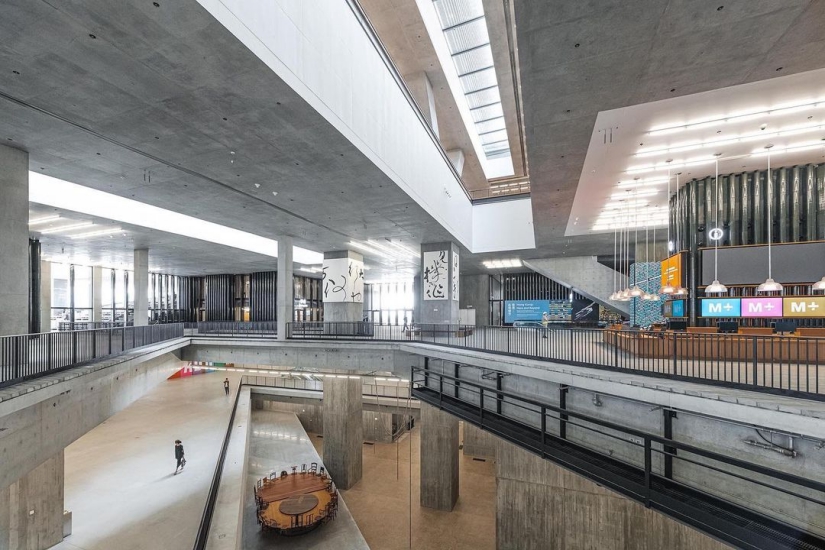M+ Museum has been in the making for over a decade, from concept to completion, amidst cultural and political controversies. After much anticipation, the highly anticipated museum finally opened today! In addition to the “Hong Kong: Here and Beyond” and “Objects, Space, and Interaction” exhibitions shared with you last week, here are the top 4 must-see exhibits from the remaining opening exhibitions!
Anthony Gormley: Asian Field: Ceramic Little Clay Men

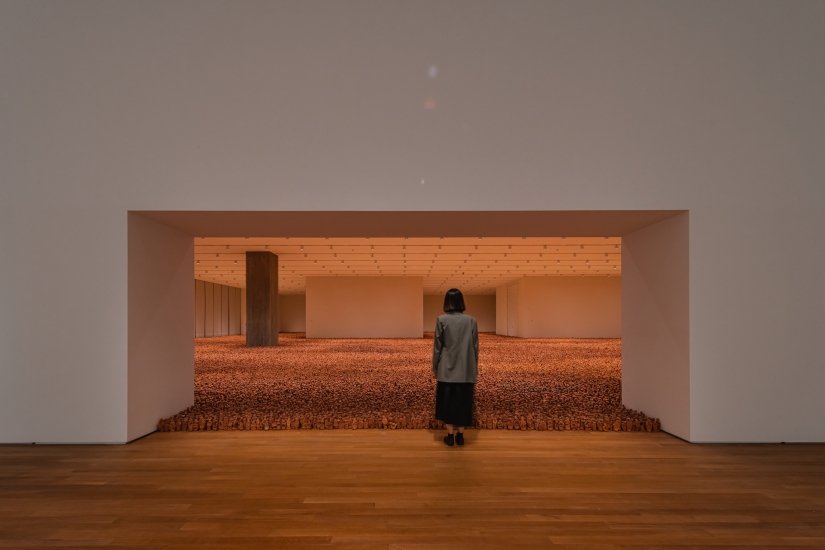
This is a large installation piece consisting of hundreds of thousands of clay sculptures, created collaboratively by British sculptor Antony Gormley and over 300 villagers from Guangdong in 2003 over 5 days. That year, Gormley invited residents of Xiangshan Village in Guangdong to create tens of thousands of clay figures using local soil. The artist only made three simple requests: that the clay figures be palm-sized, able to stand, and have two eyes, allowing the creators to freely interpret the rest. The piece aims to reflect the vast land and enormous population of China.
“M+ Sigg Collection: From the Cultural Revolution to Globalization”: Ai Weiwei’s Works
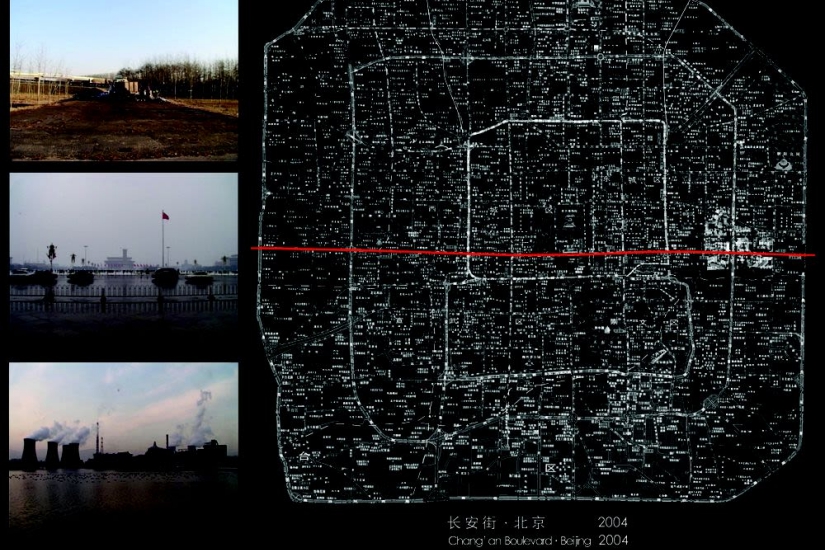
Earlier, Chinese conceptual artist Ai Weiwei’s “Study of Perspective” series, which features him flipping off the Tiananmen Square, sparked controversy, leading M+ to remove the artwork. However, in the opening exhibition of the Higg Collection, we can still see the museum showcasing at least two of his art pieces, including the video work “Chang’an Street” and the installation piece “White Wash.”
The video work “Chang’an Street” documents the landscape of Chang’an Street, capturing the transformation of Beijing from a rural area to a commercial district to a political center. The scenes depicted include road construction, a power plant emitting thick smoke, people walking on the frozen Tiananmen Square, and shining office buildings. Ai Weiwei recorded this work in a simple manner, walking along Chang’an Street and filming a one-minute fixed-frame video every 50 meters. He then compiled a total of 608 videos into a 10-hour short film, showcasing the rhythm and scenery of the city under rapid economic development.
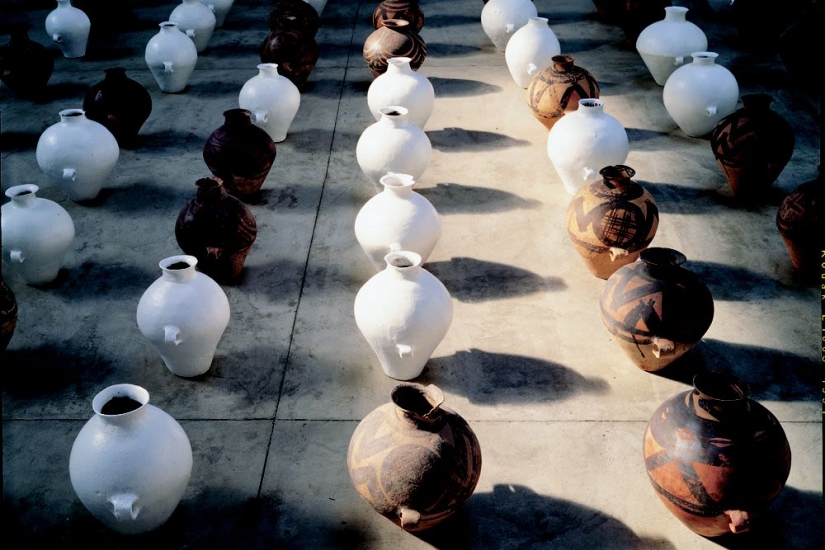
In the installation work “Whitewash,” 126 white and brown pottery bottles are arranged in rows on the ground, with symmetrical dark brown patterns on the surface of the brown pottery bottles. These patterns are composed of thick lines and shapes, with one quarter of the bottles painted with a white layer, completely covering the unique color, imprints, and mineral pigments of the clay, giving a fresh feeling.
In the 1990s, Ai Weiwei began creating Chinese traditional crafts. He smashed Han Dynasty pottery into pieces, soaked utensils in paint, and painted Coca-Cola logos on vases. By exhibiting, transforming, and destroying historical crafts, Ai Weiwei redefined, transformed, and questioned the value imposed on objects, criticizing politics and tradition.
“The Dream of the Museum”: The Art of “Found Objects” by Pioneering Artists
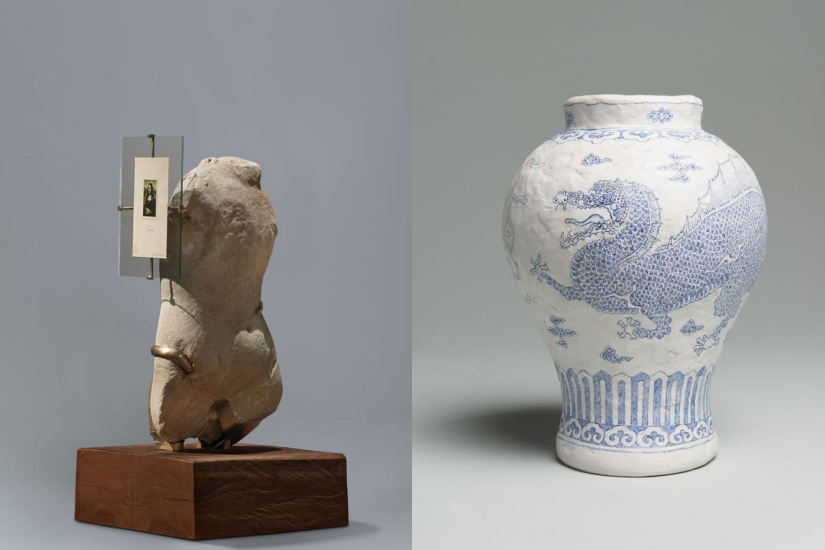
This exhibition expands the concept of “found objects,” showcasing how different artists innovate tradition using culture as their material. It starts with the artistic creations of 4 pioneering artists Duchamp, John Cage, Yoko Ono, and Nam June Paik, bringing together 27 artists from different regions and generations to explore the fun of chance and “found objects.”
“Objects, Space, Interaction”: Seiyu Sushi Bar Counter
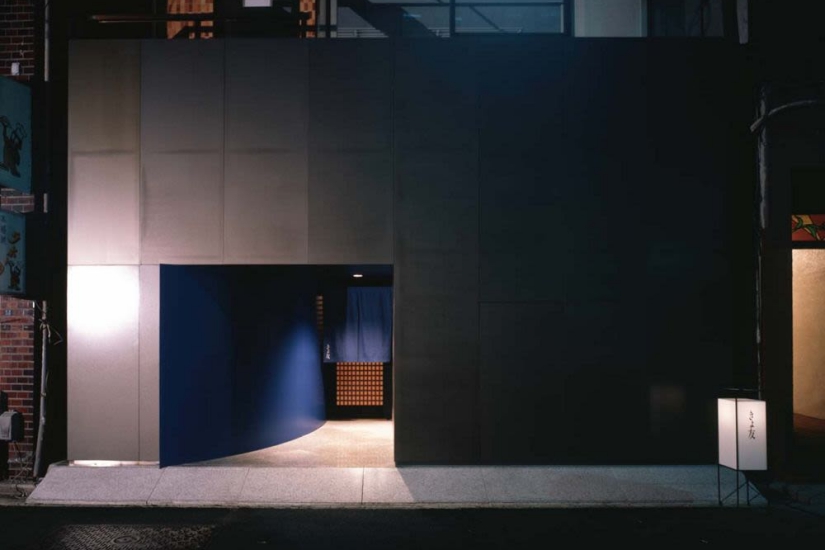
Back then, M+ spent 15 million to acquire “Qingyousushi Bar”, which was widely criticized by the public. What makes this sushi bar unique?
“The Sushi Bar of Seiyu” was designed by Japanese furniture and interior designer Fumio Kuritake, and opened in the Shinbashi district of Tokyo in 1988. During Japan’s economic boom, this sushi bar was a popular meeting place for architects and designers, but ultimately closed in 2004. This is one of the few remaining interior designs after the designer’s passing. M+ spent nearly half a year dismantling and reconstructing the sushi bar in Japan, intentionally hiring craftsmen to restore every brick, tile, and worn mark inside. The acquisition was made because this sushi bar showcased traditional Japanese architectural features and prompted reflection on the culture of fast consumption.
Of course, in addition to the selected artworks above, the exhibition also has more meaningful exhibits waiting to be discovered. To celebrate the opening of the museum, M+ will hold a series of special events on the first three Fridays, Saturdays, and Sundays after opening, including guided tours, workshops, sensory experiences, live performances, screenings, and online activities. Make your reservation for frequent visits now!
Learn more and image source: M+ Museum

